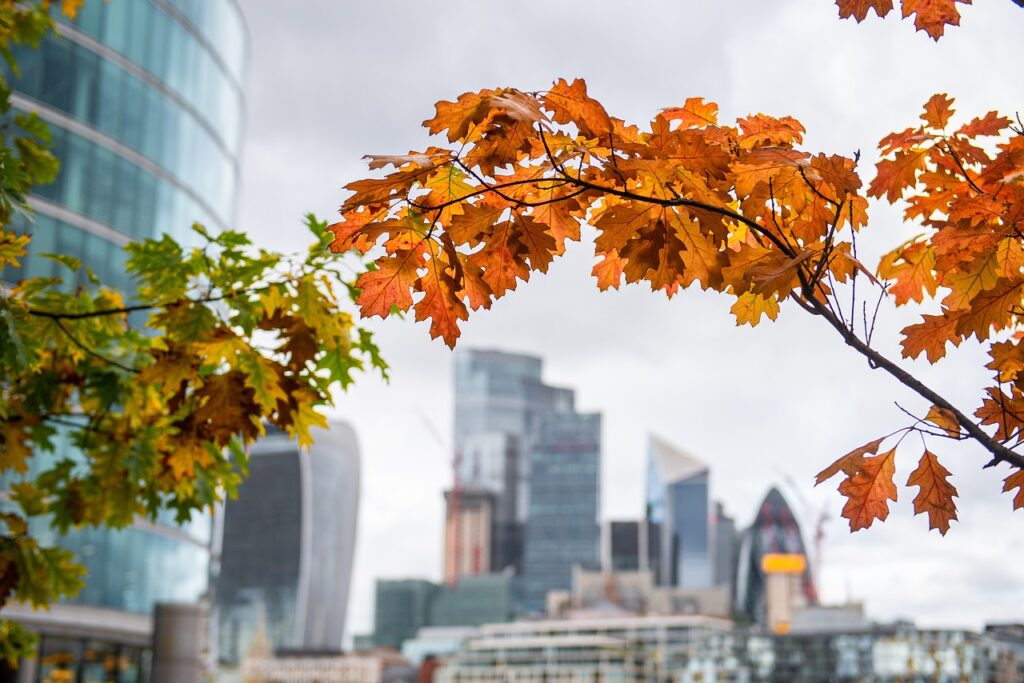summary of still life by louise penny: The Opening Shot
Three Pines, Quebec: A village of routines, neighbors, and quiet pride. Jane Neal—retired teacher, amateur artist, and beloved local—is found dead, an arrow piercing her in the woods. Initially dismissed as a hunting accident, suspicion escalates as Chief Inspector Armand Gamache is called in. His arrival signals not just a quest for clues, but a test of the community’s web of trust, rivalry, and memory.
The Place of Artwork
Jane’s art is no afterthought. Her last painting—a deceptively simple “still life”—takes center stage both as artifact and metaphor. Villagers call it folk art, but closer attention reveals oddities: shifts in composition, items out of place, secrets coded into brushstrokes. The summary of still life by louise penny underscores how art becomes the linchpin—mirroring the hidden, often painful, connections between the characters.
The Village as Character
In Penny’s hands, Three Pines is as much the protagonist as Gamache. Every café, lane, and backyard holds secrets. The investigation becomes as much about mapping the history of betrayals, jealousies, and past slights as about finding physical evidence. Friends, frenemies, and family mourn Jane, but every act of grieving is entangled with unspoken suspicions.
Inspector Gamache: Discipline and Empathy
Gamache is not brash or cynical. His discipline is the quiet kind—listening, waiting, pressing gently but refusing to back down when lies or omissions surface. Each summary of still life by louise penny reveals his technique: observation, empathy, and the refusal to accept easy answers. He guides his team (and the reader) through the small moments—a look, a flinch, a comment about a painting—that slowly unspool motive from noise.
Motive and Crime
Art and murder are not opposites in Still Life. The summary of still life by louise penny captures that the crime emerges from everyday emotion—envy, love, disappointment. Jane’s painting, her choice of friends, and hidden feuds all become fuel.
As Gamache interviews Jane’s closest friend Clara, the poet Ruth, woodworker Ben, and others, each new revelation points less to criminal genius than to the ordinary, slow buildup of pain and misunderstanding. The arrow—weapon of both tradition and sport—becomes the puzzle’s focal point, at once a hunting accident and, in context, a deliberate act.
The Art of Clues
Every piece in Jane’s painting is scrutinized: why these objects, in this order? Who is depicted, and what stories do they conceal? Just as a painting rewards repeated looking, the investigation rewards patience. Penny’s discipline is clear: clues are not always flagged—sometimes they lie in mood, shadow, or what’s missing.
Misleads and Red Herrings
A disciplined summary of still life by louise penny notes Penny’s use of false trails. The obvious suspects—neighbors with property disputes, spurned lovers, or those eager for inheritance—each have motive. But in the tradition of classic mystery, everyone has secrets that could be criminal or merely human.
Solution and Aftermath
The finale is not a melodrama. Instead, it’s a gradual acknowledgment: the killer is driven by ordinary pain, not monstrous intent. Resolution comes as much through acceptance (both by Inspector Gamache and the villagers) as it does through police procedure.
The village is changed: gamache, even as he leaves, must reckon with the pain his discipline has revealed. Jane’s painting outlasts her—a symbol, now, for loss, endurance, and the odd warmth of shared pain.
Art as Reflection and Evidence
The summary of still life by louise penny insists artwork is both reflection and catalyst. Jane’s still life is the first clue and also the final answer—a picture of who a community (and a person) actually is, not just who they wish to be.
Why This Formula Endures
Emotional discipline: No shortcuts in understanding grief, motive, or resolution. Setting as character: The village is both scene and story. Art as structure: Every arrangement is intentional, every decision a potential clue.
The summary of still life by louise penny carries the lesson: a good mystery doesn’t just seek a culprit—it seeks understanding.
Final Thoughts
A true mystery novel, especially one bound by crime, art, and community, demands both rigor and empathy. The summary of still life by louise penny reads not just as a series of events, but as a stepwise revelation: of motive, memory, and collective responsibility. In Penny’s hands, art and murder are disciplines—they require attention, repetition, and an acceptance that answers are rarely simple. This is why her book endures, and why Gamache remains the genre’s quiet master of both clue and heart.
